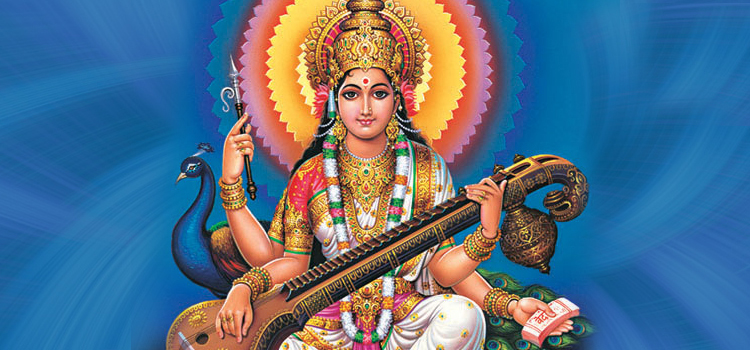Introduction
Vasant Panchami marks the beginning of spring and end of winter. More importantly, Vasant Panchami refers to the celebration of Goddess Saraswathi, the Divine Goddess of Learning. People celebrate the festival of Saraswathi Pooja. It is also called Shree Panchami.
Across India, people celebrate the day as the seasonal spring festival. Different states across the country celebrate Vasant Panchami in different ways. In Punjab, the day is observed as Festival of Kites in the Basant (spring) season. In Bihar, people worship the Sun God. The Sikhs observe Vasant Panchami as a festival in the Gurudwara. The musicians start to sing the Basant Raga.
The day heralds the arrival of the spring harvest festival and is ushered in with great joy. In Hindi, Basant means spring, and Panchami means the fifth day. People celebrate Vasant Panchami on the fifth day in the month of Magh. The festival is celebrated when the Panchami Tithi prevails during Purvahna Kala, the time between sunrise and mid-day that decides Vasant Panchami.
Significance of Vasant Panchami
Goddess Saraswathi is the Goddess of learning and wisdom, according to Hindu Dharma. She symbolizes creative energy and power. The festival is resplendent with the yellow mustard crops that Hindus associate with Goddess Saraswathi’s favorite color. Wearing yellow is considered auspicious on this festival day. People clean houses and prepare the day for worshipping the Divine Goddess Saraswathi. People perform special prayers and poojas on this day. Vasant Panchami is considered very auspicious to start good work.
People dedicate Vasant Panchami to Goddess Saraswathi and celebrate it as her birthday. Students seek her blessings on this day. On Saraswathi Pooja, children are initiated into the first steps of learning, which is called Vidya Arambham or Akshar Abhyasam. People worship the divine Goddess to acquire knowledge and wisdom.
Legend and Rituals of Vasant Panchami
Legend has it that Shri Krishna granted a boon that Goddess Saraswathi would be worshipped on Vasant Panchami. People make offerings to Goddess Saraswathi and install a Kalasha (pot) at the Pooja Sthal (place of worship). They offer flowers and food offerings. People also worship Ganesha, Vishnu, Shiva, and the Sun God on Vasant Panchami. Goddess Saraswathi is worshipped on the ninth day of Navaratri, in the month of Ashwin.
People offer prayers and sing holy verses on Vasant Panchami. They wear clothes in yellow that symbolize the dazzling beauty of nature and the vibrancy of life. The yellow color is associated with Goddess Saraswathi. Everything comes to life with the vibrancy of spring. On Vasant Panchami, people make a special offering of Kesar Halwa, using flour, sugar, ghee, nuts, saffron, and cardamom. They place books, pens, pencils, and other objects of knowledge at the feet of the Divine Goddess to attain her blessings. People offer prayers with sincerity and devotion. They feed Brahmins, hoping to appease ancestors. A popular feature of Vasant Panchami is kite flying. The festival is celebrated widely across India in different ways, for religious, cultural, and social reasons.



I don’t think the title of your article matches the content lol. Just kidding, mainly because I had some doubts after reading the article.